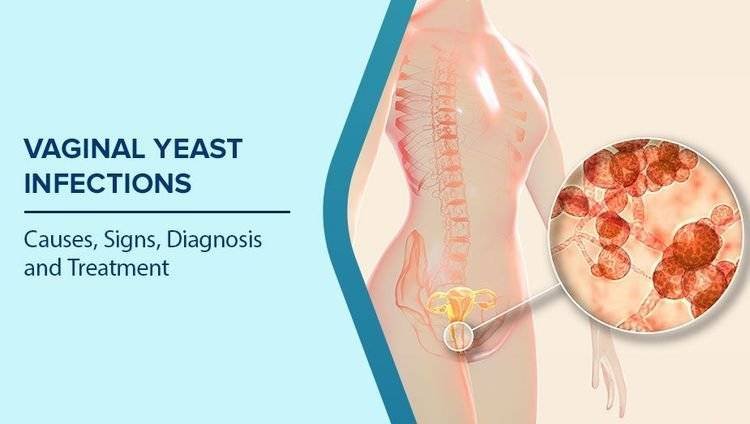Introduction
You do need to know, however, that recovering from cesarean section surgery, plus caring for a newborn, can sometimes be hard. However, if the woman goes into labor early and prepares herself properly along with taking proper care, most women regain their strength within six to eight weeks. No matter if you’re a first-time or experienced mom, this comprehensive c-section recovery guide answers questions you didn’t know you had.
This section will cover the aspects of a hospitalization or a stay at a healthcare facility.
you’ll be wheeled to the operation theater where you’ll be observed for many hours in the recovery room.
Having just experienced major abdominal surgery, it’s normal to experience As someone who has just recovered from a major abdominal surgery, it’s relatively natural to anticipate the following
Pain and Discomfort
Having just undergone major abdominal surgery, it’s normal to experience:Having just undergone major abdominal surgery, it’s normal to experience:
- Dull aching pain and sensitive areas at the line of suture stitching
- Mild abdominal pain that increases during motions or coughing
- Stomach should cause pain and burning sensation in the shoulder area.
- Presence of a sore throat, which is most likely associated with the breathing tube used during surgery.
Bleeding/Discharge
Lochia is normal in every woman after delivery and it includes both bleeding and discharge. The nurses present in the hospital will ensure that blood loss is controlled and the pads are changed appropriately. The lochia, the discharge that is passed for the first few days after birth will be rich like that of menstruation, and will gradually be lighter for the next few weeks.
Catheter
Urinary catheterization is performed for most women during a surgery to ensure that the urine that is formed is evacuated from the bladder. This is generally followed by the removal of the catheter within 24 hours, allowing you to return to regular urination.
IV Fluids/Medications
You will be given intravenous fluid and medications, such as antibiotics to prevent infections and analgesics for pain relief. Meds can be changed to oral forms as your condition improves in the succeeding days or weeks.
Activity Level/Diet
The team of nurses at the hospital will encourage you to start moving immediately after the surgery to minimize the risks of blood clots and other related complications. Physiotherapy for PIP joints begins with sits upright, gentle ankle flexion and supination, and walking small distances. They are also advised to take foods that will help stimulate the bowel or individuals are encouraged to take foods that will help regular bowel movement.
What have been Planned for at Home Care (First Two Weeks)?
Once discharged, usually after 2-4 days in the hospital, you can expect:After being discharged, often after 2-4 days in the hospital, you may experience:
Self-Care
Make sure to:
- Rest much a sleep if the baby is asleep
- Ensure that medications are given 24/7 during the first week to monitor the effects.
- This is because the pads often become saturated with blood and should be changed constantly to ensure that bleeding is being checked.
- Shampoo the incision line daily with soap and water, and monitor for possible infection.
- With regards to dressing, one should wear loose and free flowing clothes that are made of light fabrics over the incision.
Pain and Soreness
Pain, cramping, and soreness are still common complaints, though should gradually subside each day:Pain, cramping, and soreness are still common complaints, though should gradually subside each day.
- Listen to your body go easy don’t overdo it
- Ice packs should be used to relieve pain.
- If it is too tight to wear a belly binder or support belt for additional comfort.
Daily Living
Do not pressure yourself too much and do not aim too high during the postnatal period. This period should be reserved for relaxation, gaining strength and bonding with the baby.Young children should not be allowed in and around the home to embark on errands or attend to other chores, and there should be limited visitors.
Breastfeeding
If feeding the baby through breastfeeding is the method being used then the mother should be patient with her actions as well as with the baby since it does not happen like a magic in the first instance it requires practice. Consider:
- For a start, side-lying on the comfortable position reduces pressure to the abdomen that may be sensitive due to the gallstones.
- Swaddling to keep baby still for immunization and to feed pillow to raise baby without engaging the core muscles
- Nipple creams help more in addressing any soreness or inflammation that may be present.
Postpartum Checkup
There will be a need to visit your doctor about the incision, recovery, and any issues at around the 4-6 weeks following childbirth. This is a very significant milestone in the process of recovering from a cesarean section.
Long-Term C-Section Recovery: Groups it in 6 Weeks to 6 Months
Major recovery may be said to be possible within two weeks, but the fact is that, it will take anything between four to six months to fully recover. Here’s an overview of what to expect during the later recovery phases:Here’s an overview of what to expect during the later recovery phases:
Pain/Discomfort at Incision Site
As nerves regenerate and tissues knit back together, it’s common to feel:As nerves regenerate and tissues knit back together, it’s common to feel:
- Numbness around scar
- Occasional itching
- Minor pain or aches that come with some types of body movements
These sensations should also decrease from the 6th week and beyond as healing progresses.
Core Strength and Balance
If the abdominal muscles are cut to perform a surgery and the area is healed 6 weeks later, then core muscles will be weak. Gradually starting exercise at this time frames aids in rebuilding hips and abs along with correcting posture and balance.
Pelvic floor workouts such as Kegels are done first, and then gradually progressing to mild ab workouts. Thereafter by 12 weeks the daily walking can be replaced by more vigorous cardio.
Resuming Sex
Sex is generally considered safe to begin by six weeks after birth so long as you are still not menstruating. However, it has been found that many women do not feel prepared for sexual activities by this checkpoint because of the issues of vaginal dryness or pains.
Allow yourself to take a day or two off and then come back to it depending on how tired you are or how recovered you are. It is wise and safe to use water based lubricants to alleviate friction and pains.
Some of the special cares that should be given from 6 months onward are the final touches.
Even once major recovery milestones are reached, small refinements often continue behind-the-scenes:After such significant achievements in the recovery process are made, minor adjustments may still occur in the background:
- This is quite common and is evidenced by the fact that while skin numbness may persist for days after the procedure, it is not an indication that there are still tissues remaining that need to be removed because the skin may just take time to regain its normal sensation.
- Specific regard to scar remains to be a matter of lesser concern.
- It ensures that some rigidity and muscle imbalance that may still persist after the exercises is addressed
- Any discomfort in the back or a feeling of looseness in the abdomen settles.
When going to the delivery, it is normal to see women already fit to go through the normal activities of their daily lives with minor indications of having been delivered through a cesarean section such as a scar in the bikini line.
Recovery Help and Support
Patient should not feel ashamed to seek assistance from medical practitioners, relatives, friends or groups on social media platforms. Key resources include:
- In-home nurse visits
- Postpartum doulas
- Bereaved groups
- Facebook discussion groups where women can find advice on post-surgery recovery from other mothers who have undergone C-sections.
You have babies that need constant attention and care, but you also require some time to dedicate to yourself as you transition into motherhood. However, potential buyers should be realistic and not expect too much after delivery of the products, especially when it comes to the post-delivery recovery period.
In Summary
This implies that the process of healing is a slow process and is affected by so many factors of a particular pregnancy and delivery as well as the results after surgery.However, by remembering to:
- Rest after activity
- This means that at appropriate occasions, people must ask for assistance from others and must not turn down such offers.
- Understand what support communities and resources are out there
- Treat your body as you would a delicate artifact that deserves the utmost patience and care.
For most of the women, it takes a year to fully recover after a c-section operation has been conducted. If you have any soreness, pain, or other uncomfortable signs such as fatigue, you should consult the health care provider for the best approach to achieving good health after delivery.







2 Comments on “C-Section Recovery: The ultimate resource on healing after a C-section”